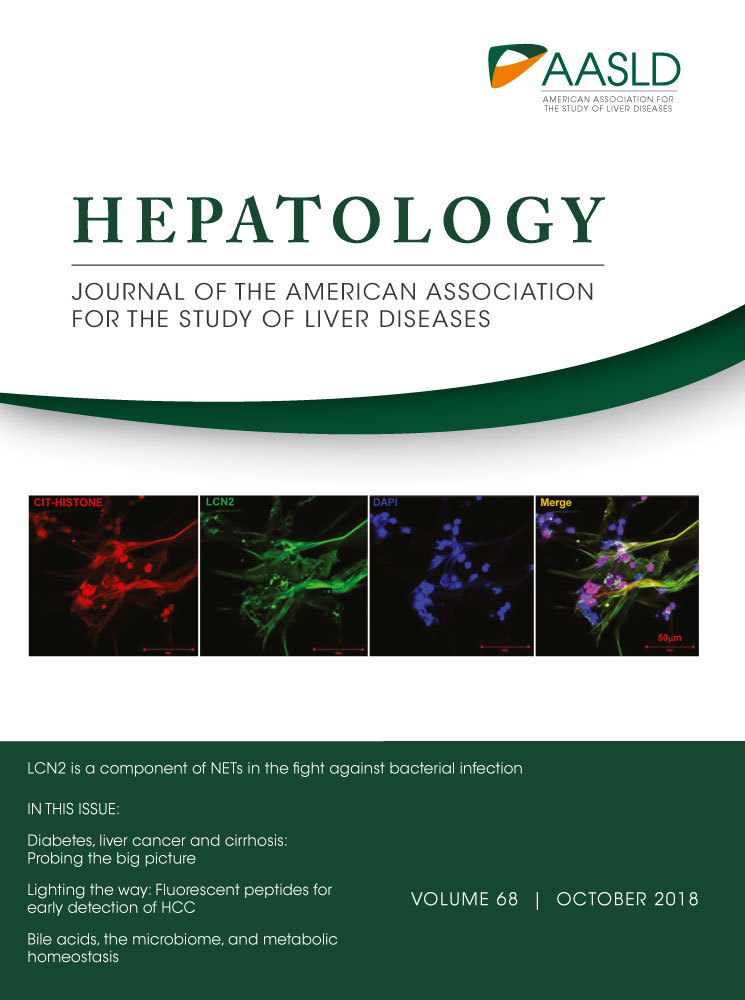Reply
Prevention of mother-to-child transmission of hepatitis B virus (HBV) is a major component of the HBV elimination efforts in every country. We thank Drs. Mubarak and Ferstenberg for highlighting the American Association for the Study of Liver Diseases (AASLD) 2018 updated hepatitis B guidance on prevention of mother-to-child transmission(1) and conclusions from a recently published randomized clinical trial by Jourdain et al. of tenofovir disoproxil fumarate (TDF) versus placebo in pregnancy.(2) In the Jourdain et al. study, TDF was not associated with a statistically significant reduction in perinatal transmission of HBV, but the 2% rate of perinatal transmission with placebo was much lower than the expected 12%, leaving the study underpowered to detect a statistically significant difference. Notably, no infants became infected in the TDF-treated group, similar to another randomized trial comparing third-trimester TDF to placebo.(3)
The cornerstone of prophylaxis of infants born to HBV surface antigen–positive women is timely administration of passive immunization with hepatitis B immune globulin (HBIG) and HBV vaccine. HBIG and the first dose of the vaccine should be given as soon as possible after birth and no later than 12 hours postdelivery.(1) Most strikingly, the Jourdain et al. study achieved a very short interval between birth and administration of HBIG (median 1.3 hours) and HBV vaccine (median 1.2 hours),(2) thereby demonstrating the effectiveness of ideally delivered immunoprophylaxis. Despite this, transmission still occurred only in the placebo (and not the TDF-treated) group. Additionally, their results may not reflect “real-world” settings, where timing of HBIG and vaccine is likely to be more variable. Indeed, only 71.1% of newborns in the United States in 2016 received the first dose of HBV vaccine within 3 days of birth.(4) Thus, the AASLD continues to advocate for use of antiviral therapy in the third trimester for women with high HBV DNA levels as an additional measure to reduce perinatal transmission of HBV.
Mubarak and Ferstenberg suggested that women with very high HBV DNA levels may be at risk for failure of antiviral prophylaxis. In our prior systematic review, an HBV DNA level of 200,000 IU/mL was the threshold below which perinatal transmission was not seen. The AASLD guidance recommends antiviral therapy if baseline HBV DNA is >200,000 IU/mL, a threshold selected to reduce the rate of perinatal transmission to as close to zero as possible. In clinical trials of immune active hepatitis B e antigen–positive persons, median decline in HBV DNA was –3, –3.78, –4.36, and –4.92 log10 after 4, 8, 12, and 16 weeks of TDF.(5) Thus, for women with very high levels of HBV DNA (>109 IU/mL) during pregnancy, starting treatment earlier than weeks 28-32 may be prudent to achieve HBV DNA ≤200,000 IU/mL at the time of delivery. The current AASLD guidance recommendation to start TDF at weeks 28-32 of gestation is reasonable; however, a more individualized approach based on maternal viral load earlier in pregnancy and anticipated time of delivery could be considered to achieve sufficient suppression of HBV DNA to prevent HBV transmission.
1 Potential conflict of interest:
Dr. Terrault received grants from Gilead and Bristol-Myers Squibb. Dr. Brown consults for and received grants from Gilead. He consults for Bristol-Myers Squibb. Dr. Jonas consults for and received grants from Gilead. She received grants from Bristol-Myers Squibb, Roche, AbbVie, and Merck. Dr. Bzowej received grants from Gilead, Allergan, and Cirius. Dr. Lok received grants from Gilead and Bristol-Myers Squibb.
View this article online at wileyonlinelibrary.com.




